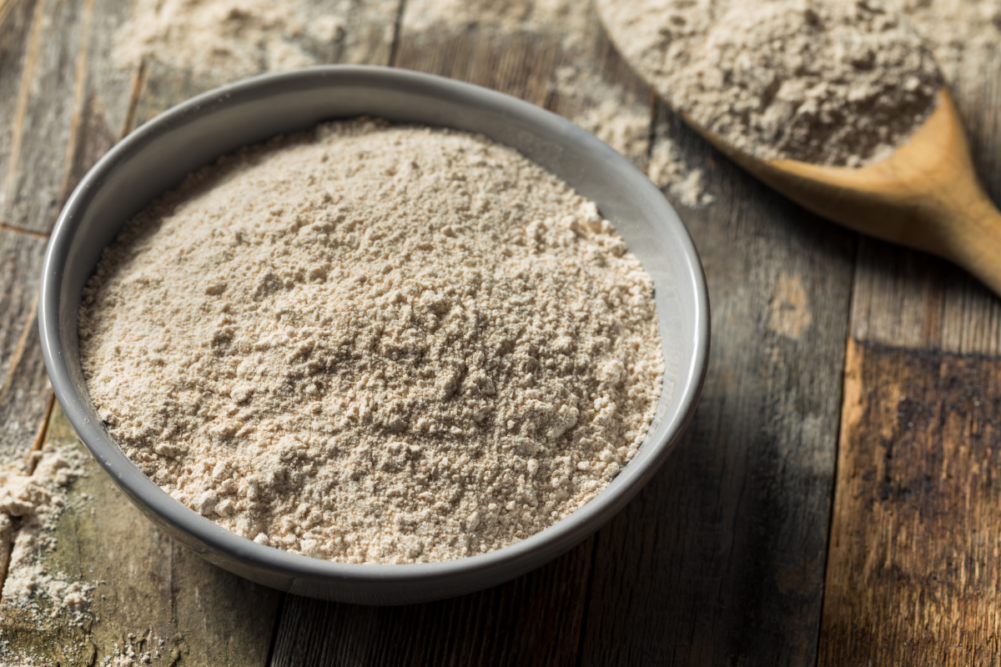 Josh Sosland, Milling and Baking News editor.
Josh Sosland, Milling and Baking News editor.KANSAS CITY — The grain-based foods industry has grappled for years with the challenge of boosting the image of enriched flour products and arresting a worrisome downward trend in per capita flour consumption. Important as this work has been and continues to be, millers and bakers need to address another area of growing concern — the vanishing market for whole wheat flour.
Data issued last week by the US Department of Agriculture suggest the worsening of a trend away from whole wheat flour that accelerated when the COVID-19 pandemic hit.
For years, whole wheat bread and other whole grain products stood, together with fruits and vegetables, head and shoulders above food choices when measured by nutritional benefits conferred. The halo effect from whole wheat has benefited the grain-based foods industry greatly. Nutritionists have long extolled the benefits of consuming whole wheat products, and since the early 2000s, the Dietary Guidelines for Americans have recommended at least half of grains intake should be whole grains.
Despite the guidance to increase intake of whole grains, the opposite appears to be transpiring. The USDA flour production data showed second-quarter whole wheat flour production at 4.5 million cwts, down 330,000 cwts and the second weakest quarter since the Department began gathering data eight years ago. Of even greater concern is the paltry share of the flour market accounted for by whole wheat. Only 4.2% of US flour production is whole wheat, the smallest over the same eight-year period. The peak share in a single quarter held by whole wheat flour in recent years was 5.9%, in the third quarter of 2015. The rate of decline has steepened markedly since the end of 2019.
Consider that drop. The loss of share for whole wheat flour has been nearly a third from peak to trough in about seven years. For perspective, recall the alarming decline in per capita flour consumption, to 129.2 lbs in 2021. That figure has decreased “only” 12% from the peak of 146.8 lbs 25 years ago, a loss of business that, as has been noted on this page, has cost the milling and baking industries billions of dollars of lost business.
Whole wheat flour, which in the early 2000s was a meaningful source of strength for the milling and baking industries, has become a weaker and weaker link.
It’s likely many factors are contributing to this trend, but two stand out. Many consumers have turned since the start of the pandemic to comfort foods and have become even less likely to heed guidance to make healthier eating choices. At the other end of the spectrum, consumers seeking the healthiest foods increasingly are choosing newer alternatives that are not whole wheat. Instead of a pizza baked with a whole wheat crust, they may opt for one formulated with cauliflower. Instead of a whole wheat pasta, they may choose pasta made from pulses. Rather than expanding the pool of individuals making healthier choices, these products appear to be taking some share from traditional products like those made from whole wheat.
Frustrated by the public’s persistent indifference to whole grains (the peak 5.9% share falls miles short of the recommended 50%-plus), many nutritionists have resorted to using healthfulness as a cudgel to destroy the image of white flour. These critics have forced the wheat-based foods industry into a delicate dance of vigorously defending enriched white flour without undermining whole wheat flour. Because enriched grains remain under attack, the baking and milling industries may not be doing enough to promote the whole wheat products nutritionists tout as ideal in a healthy diet.
The Grain Foods Foundation, the American Bakers Association and others consistently celebrate the healthfulness of whole wheat products. The latest data suggest industry support for whole wheat ought to be elevated to an entirely different level.






